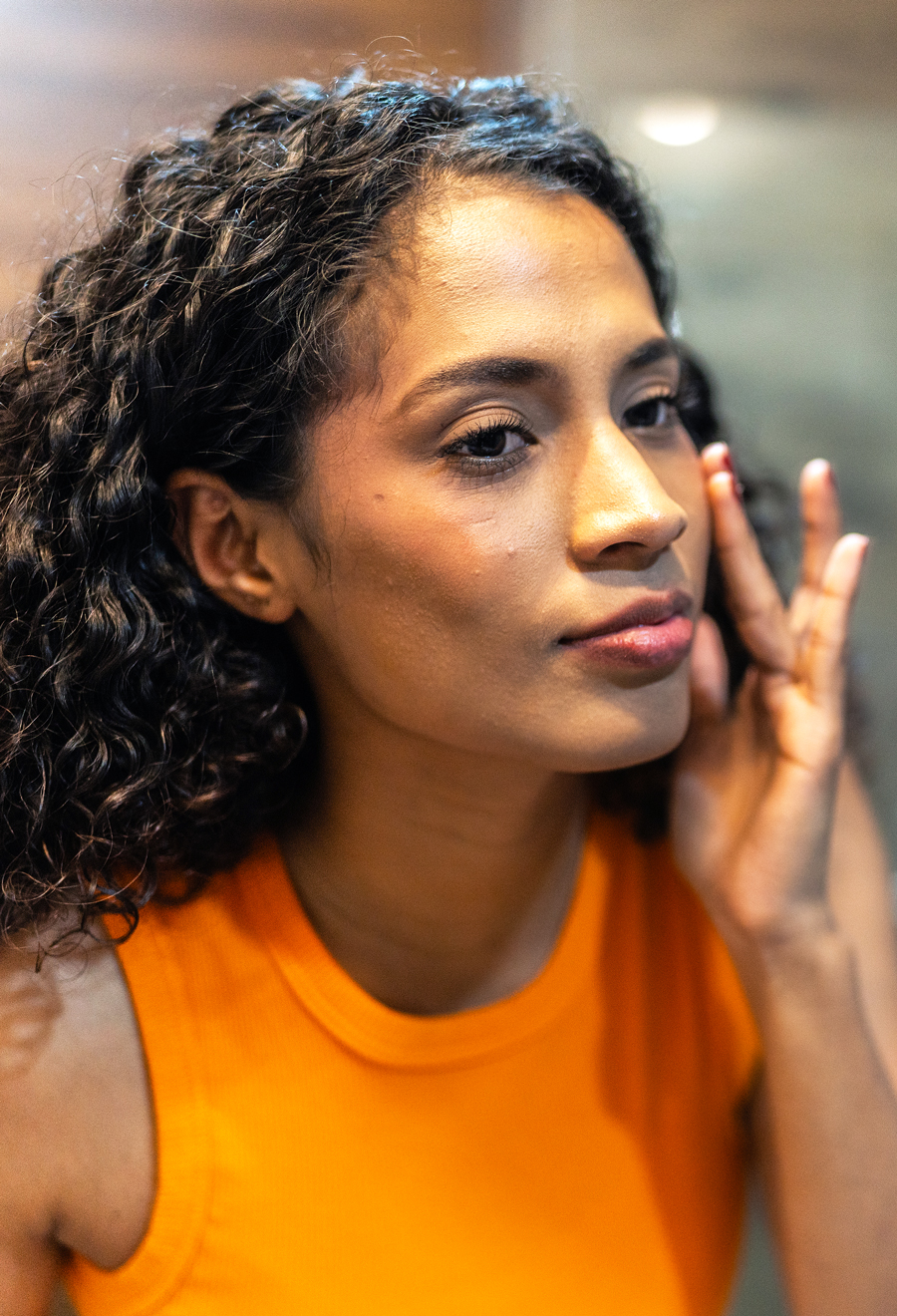Any dermatologist will tell you that wearing sunscreen is essential for healthy skin. This isn’t just true when you’re outdoors — you may be surprised to know that it’s also important while traveling aboard an aircraft. If you, like many travelers, enjoy gazing out the airplane window at the world below, read on to discover the important reasons you should wear sunscreen on an airplane.
Intense UV Rays
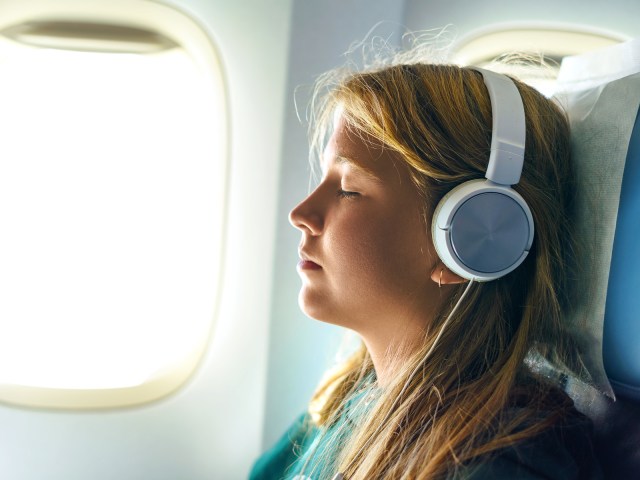
The average commercial airliner cruises at over 30,000 feet, meaning passengers are roughly 6 miles closer to the ozone layer than at ground level. UV rays become more intense the closer we get to the sun, and, unfortunately, plane windows can only do so much to block them out. The polycarbonate plastic that most windows are made from does provide a barrier against UVB rays that cause sunburns, but it does little to protect against UVA rays — the ones that penetrate deep into the skin and cause cancer. So, even if you emerge from your flight without any sunburns, the hidden damage may still be done underneath the surface.
Who Should Be Worried?
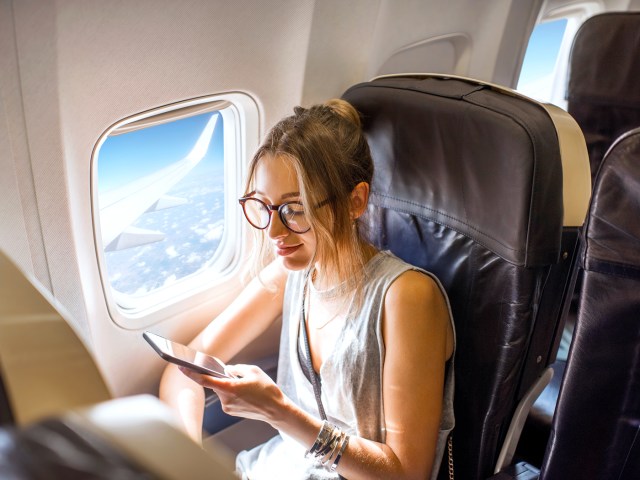
While it’s recommended that every airline passenger should wear sunscreen on their next flight, it’s especially important to do so if you’re seated by the window. In general, people with fair skin should also be particularly vigilant about using sunscreen, as should those taking medication that increases sun sensitivity and people with a family history of skin cancer. If you find yourself in any of these at-risk groups, play it safe and apply sunscreen regularly not only in your daily life but also while you’re traveling by airplane.
For those who fly regularly, particularly airline crew members, it’s even more important to wear sunscreen. Research shows that pilots have increased cancer rates, partly due to prolonged sun exposure from the cockpit windshield. A 2014 study found that one hour in the cockpit at 30,000 feet is roughly equivalent to a 20-minute tanning bed session in terms of UV light exposure. Flight attendants are also at an elevated risk of skin cancer.
How To Protect Yourself
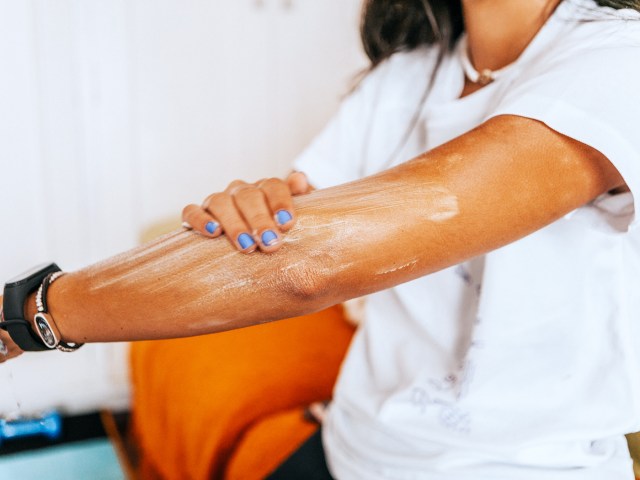
The best way to protect yourself is by applying sunscreen 15 minutes prior to takeoff and every two hours thereafter if it’s a particularly long daytime flight. Keep in mind that UV rays are generally at their most powerful between the hours of 10 a.m. and 4 p.m., making it all the more important to use sunscreen during that time frame. Buy a TSA-approved bottle of sunscreen rated SPF 30 or higher, and bring it with you in your carry-on bag.
Also consider wearing sun-protection clothing. Long sleeves, pants, and hats can help protect your skin against direct UV exposure. Additional protective steps include closing the window shade and selecting an aisle seat where you’re farther away from direct sunlight.
Moisturize and Hydrate
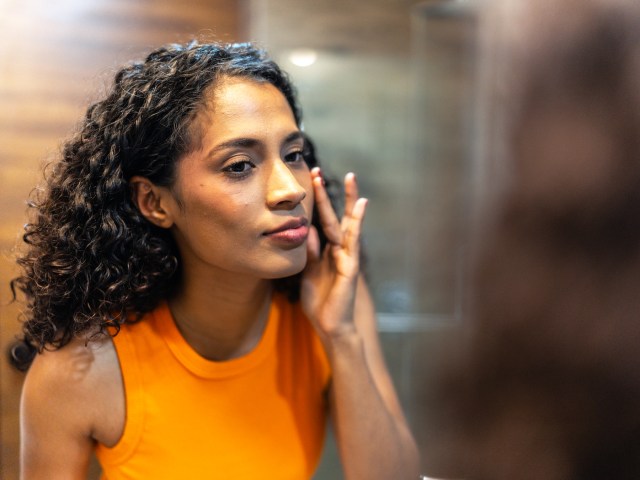
Sunscreen is one part of maintaining healthy skin while in the air. Direct exposure to UV rays coupled with the low cabin humidity can suck the moisture right out of your skin. This is why you should also bring a TSA-approved moisturizer and drink plenty of water on your flight. When you finally reach your destination, your properly hydrated skin will thank you.
More from our network
Daily Passport is part of Inbox Studio, which publishes content that uplifts, informs, and inspires.






